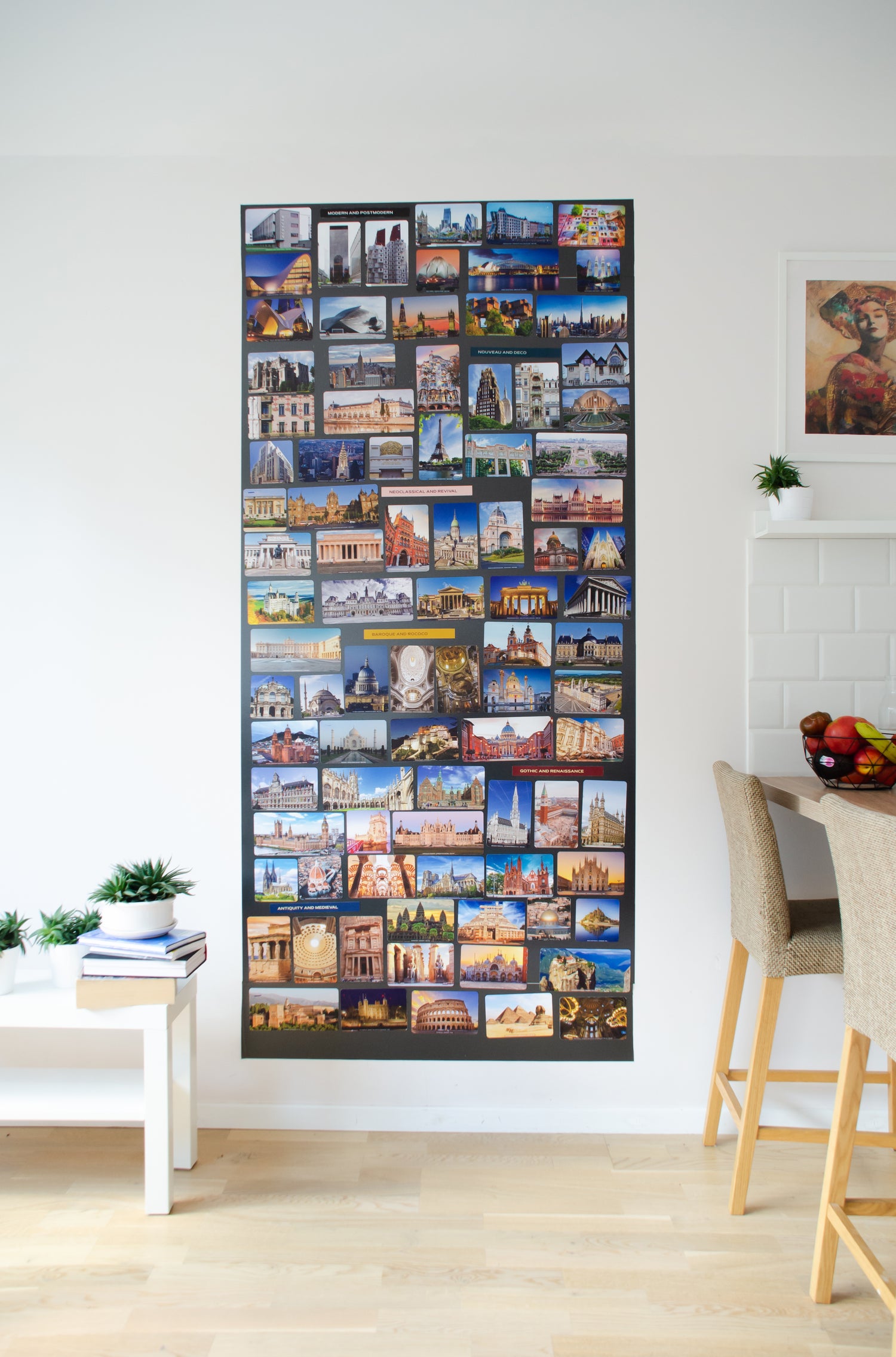Education is a fundamental aspect of a child's growth and development. However, traditional teaching methods can sometimes make learning seem boring and uninteresting for young learners. To combat this, educators and parents can incorporate fun learning strategies to engage and excite children about acquiring new knowledge. By making education entertaining and interactive, kids are more likely to stay focused and motivated to learn. Here are some of the best fun learning activities for kids that promote active participation and make learning enjoyable:
1. Engaging Alphabet Printables
Alphabet printables are a great way to introduce children to the letters of the alphabet in a fun and engaging way. These printable worksheets often come in the form of coloring pages, puzzles, or tracing activities. By incorporating colors and images, kids can associate each letter with its corresponding sound and develop letter recognition skills.
2. Interactive Math Games
Math can be a challenging subject for many children, but incorporating interactive math games can make it more enjoyable and accessible. Online platforms like educational websites and apps offer a wide range of math games that help kids develop their number sense and problem-solving skills. These games often use colorful graphics and engaging characters to make learning math concepts more relatable.
3. Creative Science Experiments
Science experiments are not only educational, but they can also be a lot of fun for kids. Setting up simple and safe experiments at home or in the classroom allows children to explore scientific concepts firsthand. By making hypotheses, conducting experiments, and analyzing results, kids develop critical thinking skills and a curiosity for the world around them.
How can I help my child with letter recognition and formation?
1. Letter Formation Activity Mats
Letter formation activity mats provide a hands-on approach to help children practice writing letters. These mats often have dotted lines for children to trace over, guiding them in forming the correct shape of each letter. With repetitive practice, kids improve their letter formation and develop muscle memory.
2. Tracing and Puzzles for Alphabet Letters
Tracing and puzzles for alphabet letters are interactive activities that promote letter recognition and formation. Children can trace over dotted letters to familiarize themselves with the shape and structure of each letter. Puzzles, on the other hand, allow kids to match uppercase and lowercase letters, reinforcing their understanding of letter-sound relationships.
3. Interactive Alphabet Letter Sound Clip Cards
Interactive alphabet letter sound clip cards are a fun and engaging resource for teaching phonics. Each card usually features an image and multiple-letter options. Children can use clothespins or clips to identify the letter that corresponds to the sound of the given image. This activity helps improve phonics skills and strengthens letter-sound associations.
What are some engaging resources for teaching preschool and kindergarten students?
1. Hands-on Science Experiments
Hands-on science experiments are particularly effective in engaging preschool and kindergarten students. These experiments allow children to explore scientific concepts through hands-on exploration and observation. By engaging their senses, kids develop a deeper understanding of the subject matter and develop critical thinking and problem-solving skills.
2. Sight Words Board Games
Sight word recognition is a crucial skill for early readers. Using board games that incorporate sight words can make the learning process enjoyable and interactive. These board games often require players to read and identify sight words to advance. By playing these games, children have fun while reinforcing their sight word vocabulary.
3. Themed Learning Activities
Themed learning activities are a great way to engage preschool and kindergarten students. By incorporating popular themes such as animals, seasons, or holidays, children become excited about the subject matter and are more eager to participate in activities. Themed learning activities can include crafts, songs, and interactive games.
How can I make learning fun and engaging for my students?
1. Use Interactive Math Games
Incorporating interactive math games into your teaching can make learning enjoyable and engaging for students. Online platforms offer a wide range of math games that cover various concepts such as addition, subtraction, multiplication, and division. These games provide immediate feedback and rewards, keeping students motivated to continue learning.
2. Incorporate Hands-on Activities
Hands-on activities are an effective way to make learning more interactive and fun. Allow students to actively participate by providing materials for experiments, group projects, or manipulatives for math activities. By engaging multiple senses, students are more likely to retain information and develop a deeper understanding of the subject matter.
3. Provide Engaging Literacy Resources
Engaging literacy resources are essential for making learning enjoyable for students. Use a variety of materials such as reading books with colorful illustrations, interactive digital stories, or educational apps that promote reading and writing skills. By catering to different learning styles and interests, students are more likely to stay engaged and develop a love for learning.
In addition, discover MUSÉEWALL collections - educational magnetic cards, which will make learning about science, history, art, and architecture fun!
Q: What are some examples of fun learning activities for youth?
A: Some examples of fun learning activities for youth include alphabet activities, beginning sounds exercises, word work tasks, and math and literacy centers.
Q: Are there any specific themes or subjects covered in these fun learning activities?
A: Yes, these fun learning activities cover a wide range of themes and subjects, including the alphabet, beginning sounds, English language arts, number sense, and seasonal topics.
Q: Are the fun learning activities low-prep and easy to use?
A: Yes, many of these fun learning activities are low-prep and super easy to implement. They are designed to save teachers' time and create an enjoyable learning experience.
Q: Do these activities help in developing fine motor skills?
A: Yes, some of these activities involve hands-on and engaging tasks that help in developing fine motor skills.
Q: How can I teach alphabet letter formation and tracing?
A: There are various resources available that provide worksheets, puzzles, and interactive materials to teach alphabet letter formation and tracing.




